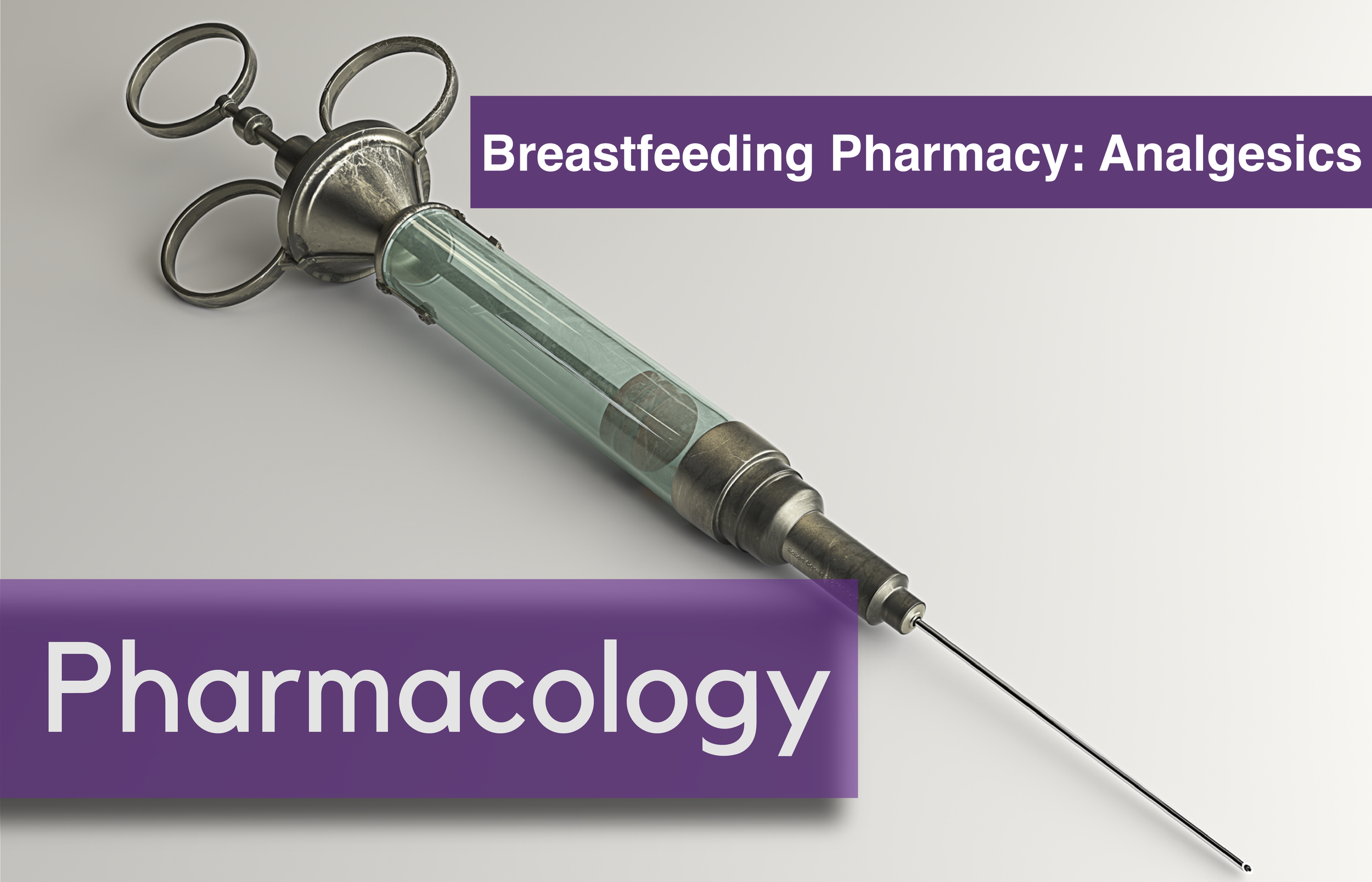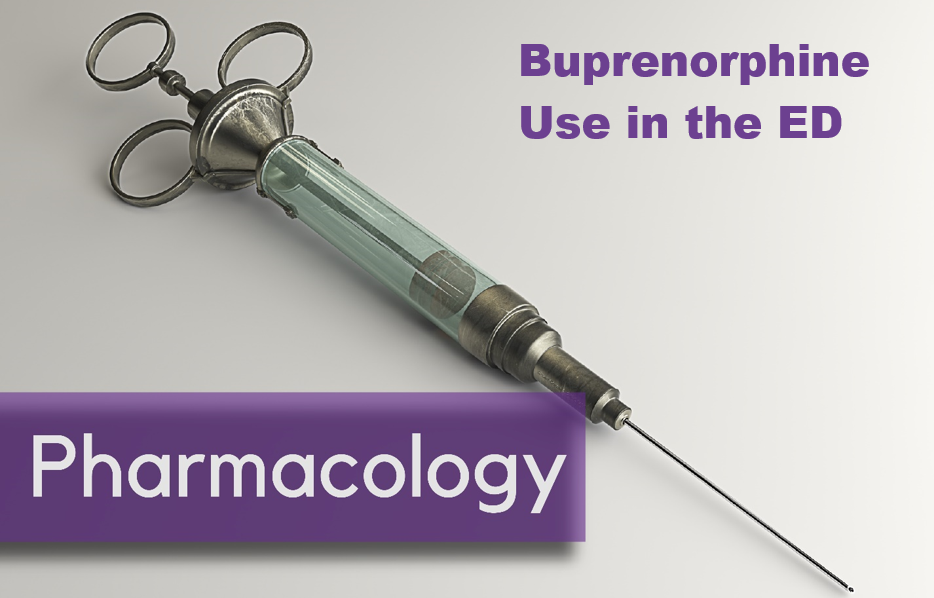Written by: Nery Porras, MD (NUEM ‘21) Edited by: Terese Wipple (NUEM ‘20) Expert Commentary by: Howard Kim, MD, MS
The rise of Haloperidol as an antiemetic and analgesic in Gastroparesis
Nausea and vomiting is one the most common reasons for Emergency Department visits with estimated 2.5 million ED visits a year. Treatment of nausea and vomiting can be difficult because of its numerous causes. This is illustrated by the various sources of input that feed into the central emesis center in the brainstem, including the chemoreceptor trigger zone, vagus nerve, vestibular apparatus, and splanchnic afferent nerves, among others. Within these communication networks, various neurotransmitters such as dopamine, acetylcholine, histamine and serotonin are used, leading to the numerous drugs created to treat nausea and vomiting. Among these neurotransmitters, dopamine is becoming a more effective treatment target for nausea and vomiting among certain patient populations, in particular those with gastroparesis.
Gastro-pa-what?
Gastroparesis was something I did not recall learning much about in medical school, but is a diagnosis Emergency Medicine physicians will inevitably encounter and can be frustrating to treat. By definition, gastroparesis is a syndrome of delayed gastric emptying without evidence of mechanical obstruction leading to primary symptoms of nausea, vomiting, bloating, and abdominal pain. These patients have high rates of ED utilization and are difficult to treat, often leading to hospital admission. Traditional antiemetics often do not effectively work for these patients and narcotics only worsen the pseudo-obstruction causing their symptoms. This is where the dopamine receptor pathway can be an effective target for treatment in these patients.
Antipsychotics? You must be crazy?
As a junior resident I was surprised the first time one of my senior residents mentioned haloperidol as an effective antiemetic and analgesic in patients, particularly those with functional abdominal pain and gastroparesis. Indeed, a similar medication, Droperidol had been effectively used for many years for treatment of headache, agitation, and nausea. This was until a black box warning by the FDA in 2001 for concern for QT prolongation and cardiac dysrhythmias led to its decline in use and the halt of its manufacturing in the US. However, in 2015 the American Academy of Emergency Physicians published a position statement regarding the safety of droperidol in the Emergency Department stating “droperidol is an effective and safe medication in the treatment of nausea, headache and agitation.” Haloperidol, a butyrophenone similar to Droperidol, has been used to treat nausea and vomiting in palliative care and post-operative settings. It also has some analgesic effects due to its isometric similarity to meperidine. For this reason, it has been used off-label and anecdotally for nausea, vomiting and abdominal pain in the Emergency Department. Recently there have been two articles published showing Haloperidol efficacy in the treatment of Gastroparesis [1,4]:
“Haloperidol Undermining Gastroparesis (HUGS) in the Emergency Department”
This was a retrospective case matched observational study of patients with known gastroparesis secondary to diabetes. Patients receiving 5mg IM Haloperidol were compared to themselves from a prior ED visit for the same symptoms in which they did not receive haldol. The study found statistically significant reduction in hospital admissions (5/52 [10%] vs 14/52 [27%] p-value 0.02) and reduction morphine-equivalents used (6.75 vs 10.75 p-value 0.009) with the use of Haloperidol. They also found a non-statistically significant, but likely clinically significant, reduction in ED length of stay (median 9.2 hours vs 25.4 hours p-value 0.128). There were no reported extrapyramidal side effects or cardiovascular complications, though this was a small study [2,5].
“Randomized Controlled Double-blind Trial Comparing Haloperidol Combined With Conventional Therapy to Conventional Therapy Alone in Patients With Symptomatic Gastroparesis”
This randomized controlled study ultimately enrolled 33 patients with previously diagnosed gastroparesis presenting with nausea, vomiting, and abdominal pain. Patients were randomized into receiving 5mg IV haloperidol vs placebo in addition to conventional therapy (traditional antiemetics and narcotics). The primary outcome was to look at pain and nausea reduction at 1 hour based on a visual analog scale. The haloperidol group had an average reduction in pain intensity of 5.37 points (p < 0.001) compared to 1.11 points in the placebo group (p = 0.11). The Haldol group also had an average reduction in mean nausea score of 2.70 points (p < 0.001) compared to 0.72 in the placebo group(p = 0.05). They also did a subgroup analysis of patients who did not receive opiates before intervention and still found similar reduction in pain and nausea. This study also found a decrease in rate of admission (26.7% vs 72% p = 0.009) and ED length of stay (4.8 and 9 hours p = 0.77). There were no adverse events, but the sample size was again quite small [3,6].
To use or not to use?
Gastroparesis and other similar cyclic vomiting syndromes present a therapeutic challenge to Emergency Physicians. Droperidol had been an effective tool in the treatment of nausea and vomiting but fell out of favor due to a black box warning. Literature review, as demonstrated in the AAEM position statement, has shown that perhaps this warning is not applicable to the doses used in the Emergency Department. This perhaps has led to the increase use of the antipsychotic Haloperidol in similar situations. These two studies now provide evidence for what many emergency physicians were already noticing; Haloperidol is an effective and safe treatment for nausea, vomiting and abdominal pain in gastroparesis. Perhaps this evidence may be extrapolated to other cyclic vomiting syndromes and treatment of other functional abdominal pain in the future.
Expert Commentary
This is a great review on the use of butyrophenones in the treatment of gastroparesis and other causes of cyclical vomiting, such as cannabinoid hyperemesis syndrome. Haloperidol is an excellent tool to keep in your back pocket for the occasional patient with intractable nausea/vomiting; providing effective symptom relief can be both satisfying for patients and gratifying for clinicians.
“Droperidol” seems to be one of those magical words in emergency medicine that inevitably draws out a number of opinions on the Black Box warning and old war stories from the more seasoned physicians. The most recent generation of U.S. ED physicians were trained in the absence of droperidol, however U.S. manufacturing resumed in 2019 and some hospitals now have access to this mythical medication. In the end, I don’t think it is worthwhile to debate the relative merits of droperidol vs haloperidol because many ED physicians will only have access to one or the other on their hospital formulary, and we have had good success with haloperidol over the last decade or so.
Interestingly, both of the studies you cited used a 5mg IM or IV dose of haloperidol. In my anecdotal experience, smaller doses of haloperidol (e.g., 2mg IV) are also effective for the relief of intractable nausea/vomiting, in addition to migraine headaches and functional abdominal pain. To my knowledge, there is not a great comparative effectiveness study of various haloperidol dosing regimens.
One additional point that I would advise readers about is that ED patients are increasingly tech-savvy and tend to Google medicines that they are about to receive. Thus, I always first give the patient a disclaimer that if they look up the word “haloperidol” they will see that it is typically used as a psychiatric medicine for conditions such as schizophrenia. I mention that this is not the indication for which we are using the medication today, but rather that haloperidol happens to have very effective anti-nausea properties due to is effect on dopamine receptors in the part of the brain that regulates nausea. I give a similar disclaimer when prescribing tamsulosin to female patients with significant ureteral stone burden – reassuring them that we do not, in fact, think they have an enlarged prostate.
In summary, I agree with you that haloperidol is an effective and often under-utilized treatment for intractable nausea/vomiting. As with everything in emergency medicine, it’s best to know multiple treatment modalities for common conditions so that we can adapt our response to specific situations or challenges as needed. Butyrophenones are a good treatment option for patients that do not respond to traditional anti-emetics, as are benzodiazepines and anti-histamines.
Howard Kim, MD, MS
Assistant Professor
Department of Emergency Medicine
Center for Health Services & Outcomes Research
Northwestern University Feinberg School of Medicine
How To Cite This Post:
[Peer-Reviewed, Web Publication] Porras, N. Whipple, T. (2020, Dec 14). Anti-emetics/Gastroparesis. [NUEM Blog. Expert Commentary by Kim, H]. Retrieved from http://www.nuemblog.com/blog/antiemetics-gastroparesis
Other Posts You May Enjoy
References
Perkins, Jack, et al. “American Academy of Emergency Medicine Position Statement: Safety of Droperidol Use in the Emergency Department.” The Journal of Emergency Medicine, vol. 49, no. 1, 2015, pp. 91–97.
Ramirez, Rene, et al. “Haloperidol Undermining Gastroparesis Symptoms (HUGS) in the Emergency Department.” The American Journal of Emergency Medicine, vol. 35, no. 8, 2017, pp. 1118–1120.
Roldan, Carlos J., et al. “Randomized Controlled Double-Blind Trial Comparing Haloperidol Combined With Conventional Therapy to Conventional Therapy Alone in Patients With Symptomatic Gastroparesis.” Academic Emergency Medicine, vol. 24, no. 11, 2017, pp. 1307–1314.
Weant, Kyle A. et al. “Antiemetic Use in the Emergency Department.” Advanced Emergency Nursing Journal, vol. 39, no. 2, 2017.
“Diabetic Gastroparesis Needs HUGS.” R.E.B.E.L. EM - Emergency Medicine Blog, 29 Nov. 2017, rebelem.com/diabetic-gastroparesis-needs-hugs/.
“SGEM#196: Gastroparesis – I Feel Like Throwing Up.” The Skeptics Guide to Emergency Medicine, 11 Dec. 2018, thesgem.com/2017/11/sgem196-gastroparesis-i-feel-like-throwing-up/.












